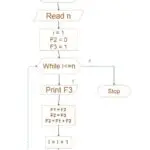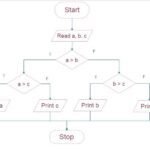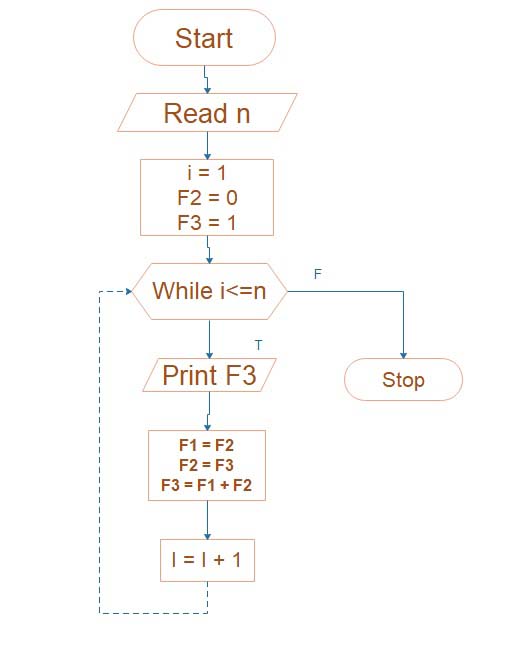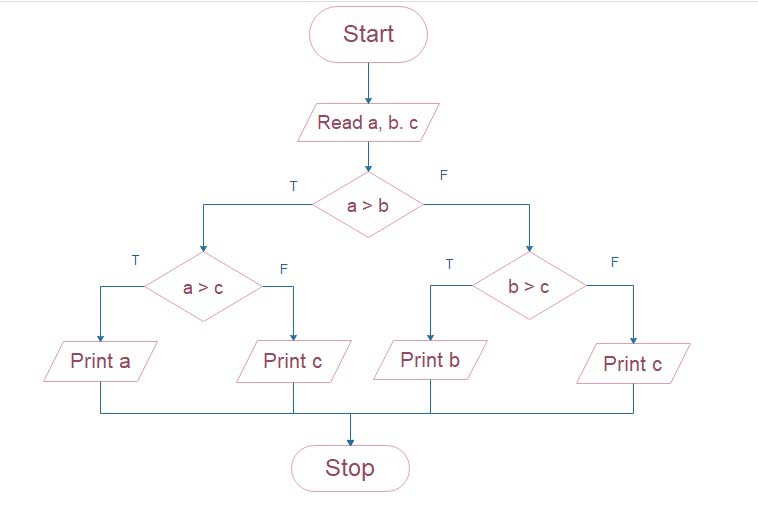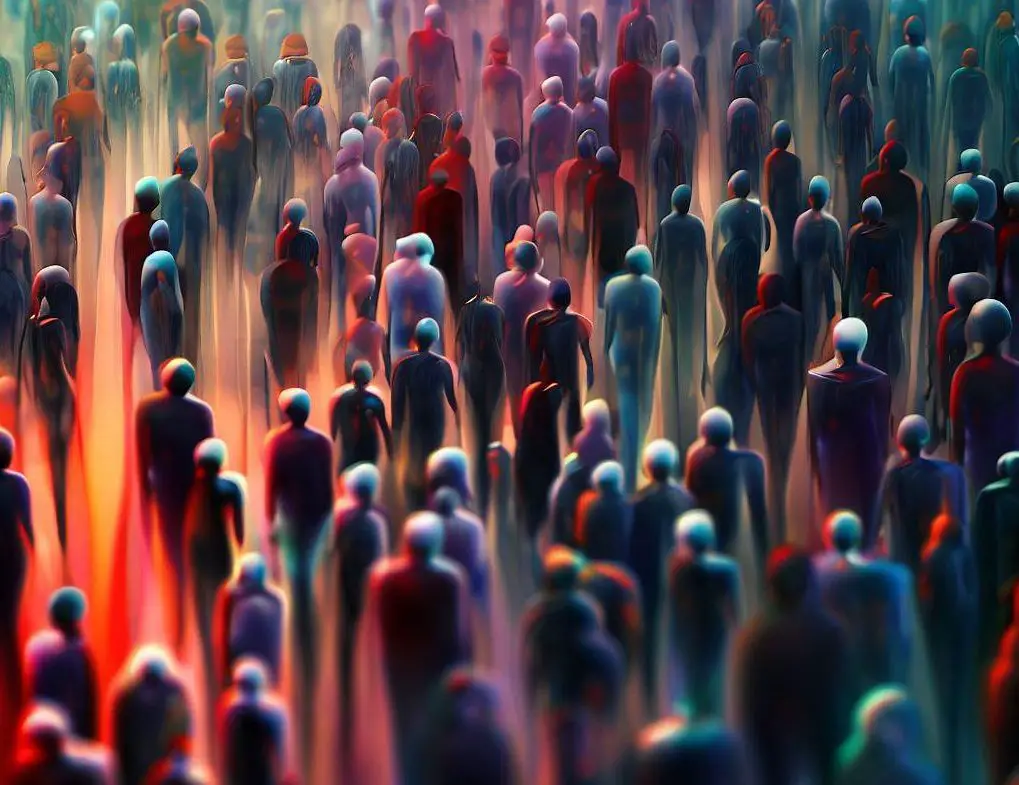How cardiac cycle works in Human Heart
Working of Human Heart
What is cardiac cycle
The human heart cyclic events that occur in each heartbeat together are called a cardiac cycle. which completes in about 0.8 seconds and includes the following events.
The series of activities that take place throughout a whole heartbeat is referred to as the cardiac cycle. It involves the heart’s chambers contracting and relaxing in order to pump blood via the circulatory system. Diastole and systole are the two primary stages of the heart cycle.
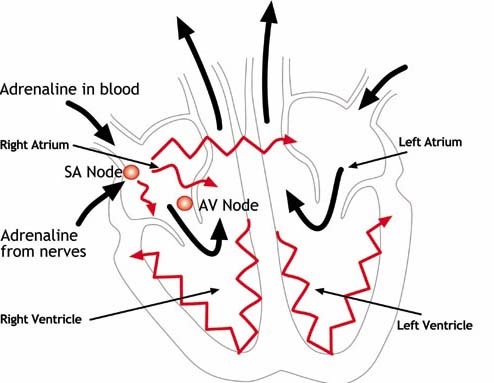
Diastole: The heart cycle’s period of relaxation. The atria (top chambers) and ventricles (lower chambers) of the heart are relaxed and filled with blood during diastole. Diastole is made up of two primary parts:
- Atrial Diastole: Blood enters the atria during this stage when the atria are relaxed and veins, such as the superior and inferior vena cava, are supplying them with blood. Blood begins to flood the atria as a result.
- Diastole of the ventricles: During this stage, the ventricles are relaxed and can receive blood from the atria. In order to promote blood flow, the atrioventricular (AV) valves, including the tricuspid valve on the right side and the mitral valve on the left, are open at this moment.
Systole: The cardiac cycle’s period of contraction. The heart’s chambers constrict during systole in order to move blood from the heart and into the circulatory system. Systole consists of two stages:
- Atrial Systole: The atria constrict at the start of atrial systole, forcing the leftover blood into the ventricles. This makes sure that the ventricles are completely filled before they contract.
- The ventricles vigorously contract during the ventricular systole phase. The AV valves close as a result of the pressure created in the ventricles, preventing blood from returning to the atria. The pulmonary and aortic semilunar valves, enable blood to be discharged from the ventricles into the pulmonary artery (on the right side) and the aorta (on the left side), which deliver oxygen-rich blood to the lungs and the rest of the body, respectively, open as the pressure continues to build.
The heart goes back into diastole after systole, and the cycle repeats. The cardiac cycle is vital to keep blood flowing, to supply the body’s cells with oxygen and nutrition, and to remove wastes such as carbon dioxide.
Overall, the cardiac cycle is an intricately timed set of activities that assures the heart’s effective operation and blood flow throughout the body.
What is Auricular Systole
The right auricle receives deoxygenated blood from the body through openings of the vena cavae. while the left auricle received oxygenated blood from the lungs, through four pulmonary veins. The flow of blood in the right auricle stimulates the SA node which generates the impulse of the first contraction. This impulse is spread out over the walls of both auricles as a wave of contraction.
As a result, the auricles contract simultaneously and push the blood into the respective ventricles through AV apertures. The auricular systole lasts for 0.1 seconds.
What is Ventricular systole?
During ventricular systole deoxygenated blood from the right ventricle is pumped into the lungs for oxygenation while oxygenated blood from the left ventricle is pumped into the systemic aorta which distributes the blood to all parts of the body.
Contraction of the left ventricle is stronger than the contraction of the right ventricle. Ventricular contraction is brought about by the AV node, a Bundle of His and Purkinje fibres. ventricular systole lasts for 0.3 seconds.
What is Joint diastole?
During joint diastole both the auricles and ventricles undergo relaxation hence also called complete cardiac. During diastole backflow of the blood from the aorta into the ventricles is prevented by the closing of semilunar Valves. During this phase, auricles get filled with respective blood and the new cardiac cycle begins. The joint diastole lasts for about 0.4 seconds.
Thus one cardiac cycle is completed in about 0.8 seconds.




